Pavé Settings | Rare Carat
OK. First thing’s first. Y’all should know that for years, every time I heard the word ‘pavé’ (pronounced pa-vay) I would automatically chuckle like a child and think of this:
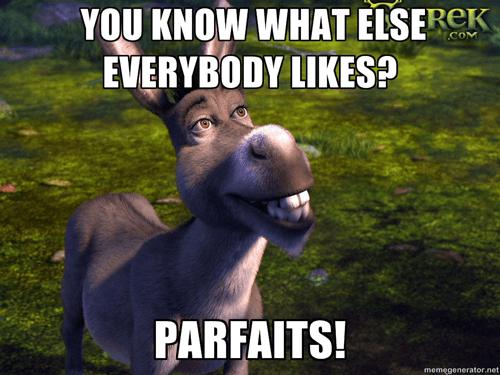
I’m Easily Amused and I Won’t Apologize for It
BONUS: Not only do pavé set diamonds remind me of delicious sugary treats, but they also look damn good on just about any finger. In fact, my engagement ring has a pavé setting - and although the sparkle of my marriage has long since faded (I joke, I joke!) those teeny diamonds still be blingin’.
What are pavé settings?
So, what exactly is pavé and why do you need it in your life? Well, the word pavé actually originates from the French word to ‘pave’ (i.e. to pave a road or street). The name pavé then, basically suggests that you are quite literally paving your ring with diamonds. And let’s be honest here guys and gals – why pave the streets with gold when you can damn well pavé them with diamonds, amiriiiight?
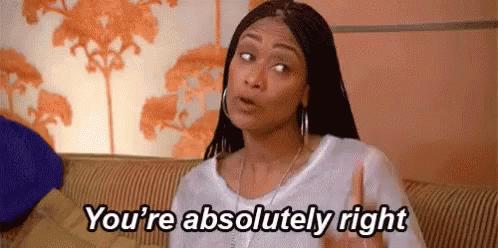
A pave diamond ring style is jam packed with tiny little diamond side stoness, all closely set together in a snug sparkly row. As a general rule, the diamonds used would need to be at least 0.01-0.02 carats in weight in order to qualify as ‘pave’ stones - anything smaller than that is called… OMG it’s too cute… ‘micro pavé’!
The stones themselves can be pretty much anywhere around the ring and are held in place by mini beads of metal. These beads of metal are designed specifically to kinda fade into the ring itself so that those tiny chips of sparkly joy are the first things to catch your eye. It’s pretty genius:
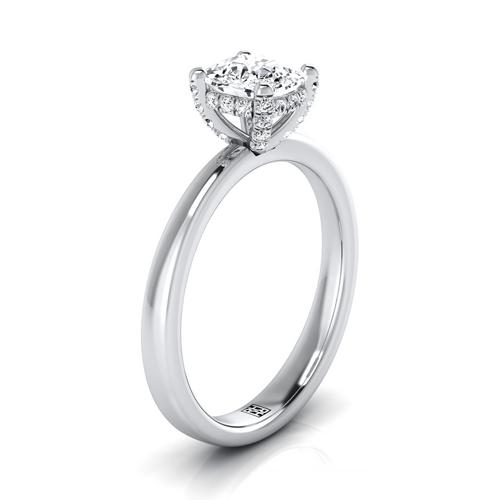
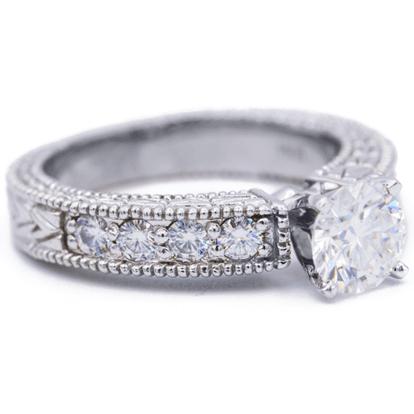
Subtle Pave on the Crown Only
In Ya FACE Pave on the Shank
What’s so great about a pavé engagement ring you ask?
GURL.
Let me lay it out for you – pave is your friend. For one, this type of setting screeeeeams style. See pave, think old Hollywood glamour al la Elizabeth Taylor…
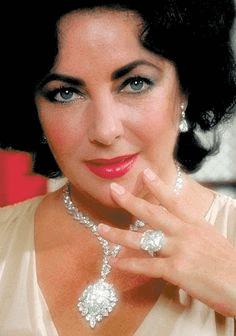
You KNOW She's All About That Pavé
Pave settings don’t just add that extra bling though, they really allow you to create your own bespoke look. Want your ring to nod to that old Hollywood era? Pave’s your guy. Want an edgy modern look but can’t face a plain solitaire? Pave’s your girl:

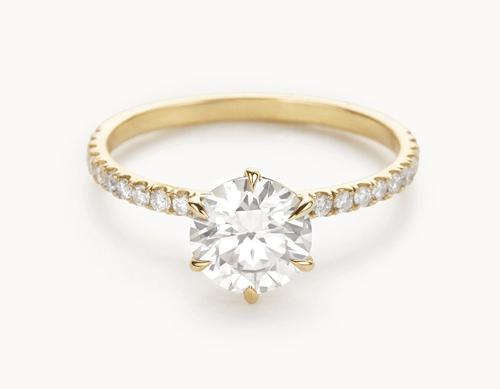
Oldie Worldie Pave Look
Sleek AF Modern Vibe
I’ll be perfectly honest here, I’d steal either of those rings off your/your Mom’s/your Granny’s finger in a short hot minute. The point is that pave is a really versatile ring setting style and allows you to be creative in ways a simple band will not. A halo pave ring setting can even make your center stone appear larger.
All that said, the absolute best thing about choosing a pave setting, is that you’ll be getting a LOT more bling for relatively little buck (and read other ways to make those $$$ stretch on this page). This is because diamonds are priced per carat, meaning the price of a 1 carat diamond is significantly higher than the price-per-carat of a .99 carat diamond. A tiny 1% increase in weight will mean a 15-20% jump in the price-per-carat, because you are moving up into the next category of weight (read more about all that ‘carat’ jazz on our blog). That might seem a bit rubbish, but it’s worth remembering that this all works in the reverse too!!! For example, you could have 30 tiny diamonds on your ring each weighing 0.02 carats (or over half a carat in total!), but that sweet half a carat extra on your finger will NOT cost the equivalent of one singular stone of the same weight. WINNING. Moral of the story here? Pave doesn’t have to mean an empty purse, so go get dem gems.
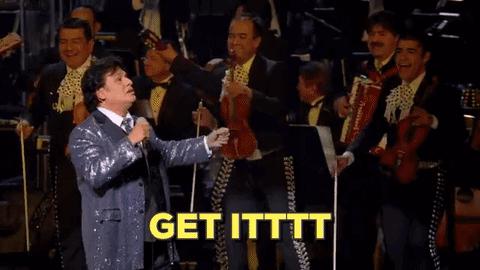
Now before you go running like a damn maniac to buy that pave set diamond engagement ring, there are a few small words of warning and advice I’d like to impart upon you. I am both wise AND generous. You’re welcome.
The first (and biggest) downside of having a pave setting is that sometimes the small diamonds can pop out. Yes, I know. What a bummer. The last thing you want to be doing is showing off your gorgeous new ring to that horrible wench in the marketing department, only to realize a small stone has fallen out…
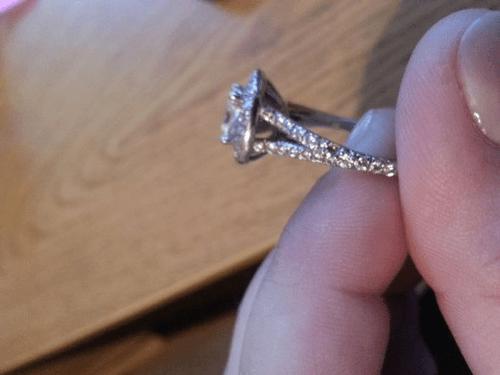
Unfortunately, it’s just part and parcel of #PaveLife. Now, this is not to say that it’s a super common occurrence, but I would be remiss in my duties as your (super adorable) diamond guru if I didn’t at least let you know that it could happen – especially if you are in the habit of banging your ring around like I am. That said, I’ve bashed my ring more times than I can count and all my darling pave diamonds are still sitting pretty in their setting.
Another potential black mark against pave settings is that they are difficult to resize, especially if you have a ‘full pave’ (i.e. the diamonds go all around the band like an eternity band). If you go full pave and need a resize to a larger ring size in the future (hello bloating my old friend), the whole ring will have to be taken apart and rebuilt in order to make it bigger. Not only is this expensive (and a pain in the proverbial @ss), but it means that the integrity of the ring’s structure will forever be changed. My advice? Only go full pave when you know your ring size will stay the same from day one to the end.


Half Pave Is Your Friend
How You Gonna Resize That, Hmm??
The final little issue with pave set diamonds? They are a bugger to get clean. All those extra little crevasses on the underside of the ring mean more opportunities to gather all manner of grim and filth. However, bringing your dirty pave diamond ring to a jeweler's to get cleaned in one of those fancy shmancy sonic machines runs the risk of the tiny stones falling out. Again, not ideal. My last bit of advice then? Clean your ring in the comfort of your own home. Follow it exactly, and you won’t be sorry.
Trust me.


Pavé Setting FAQs